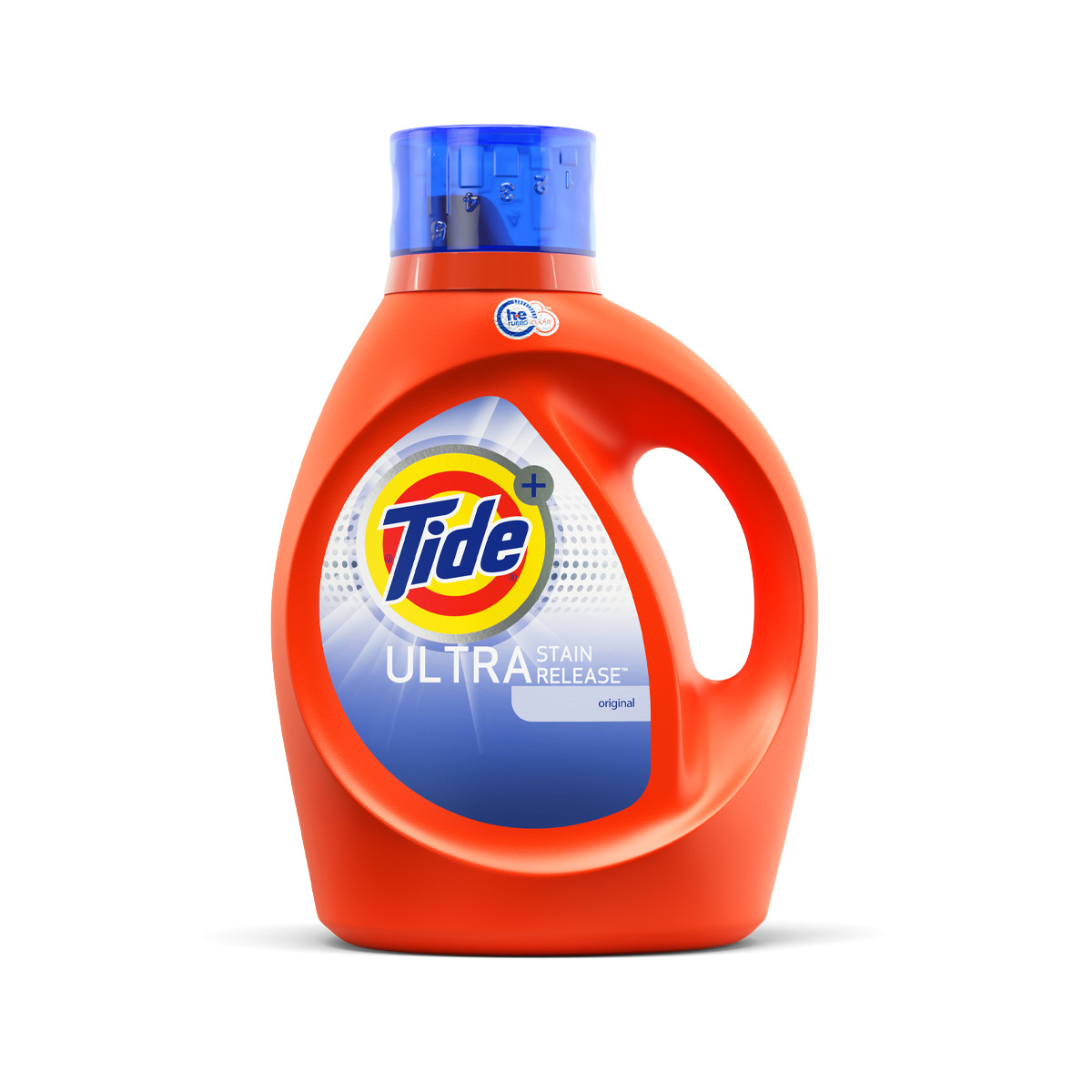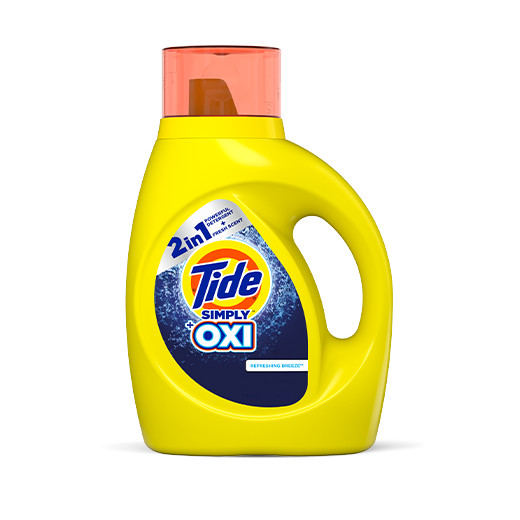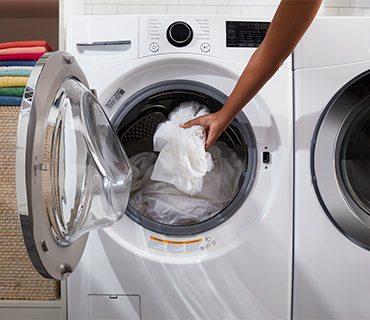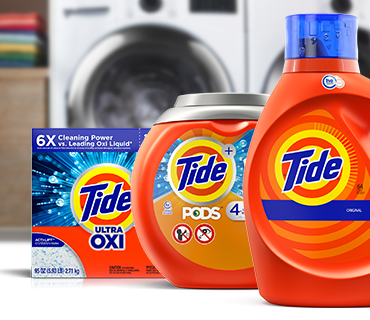Ready to learn even more about how to wash and protect your colored clothes? Read on for more in-depth tips and tricks for laundry success:
Tips and Tricks on How to Wash Colored Clothes
Colorful garments are fun, but they also need special care since they can fade and lose color quicker than light or dark clothes. Proper washing and care of those colored clothes will help them last longer. Check out our step-by-step guide and helpful video instructions below as well as some extra tips on how to wash colored clothes with Tide’s color-safe detergents for the best results. Say goodbye to fading clothes and nasty odors! Here is a quick guide for washing colors:
Washing Colored Clothes: Step-by-Step Guide
Sort clothes according to color
Wash dark color clothes combination together and white or lighter colors in a separate load. In the case of a larger load made up of color groups, these can be tackled in separate laundry loads, where bright clothes, such as purples, reds, oranges, and bright yellows can be washed together and bright blues and greens can also be washed together in a different batch.
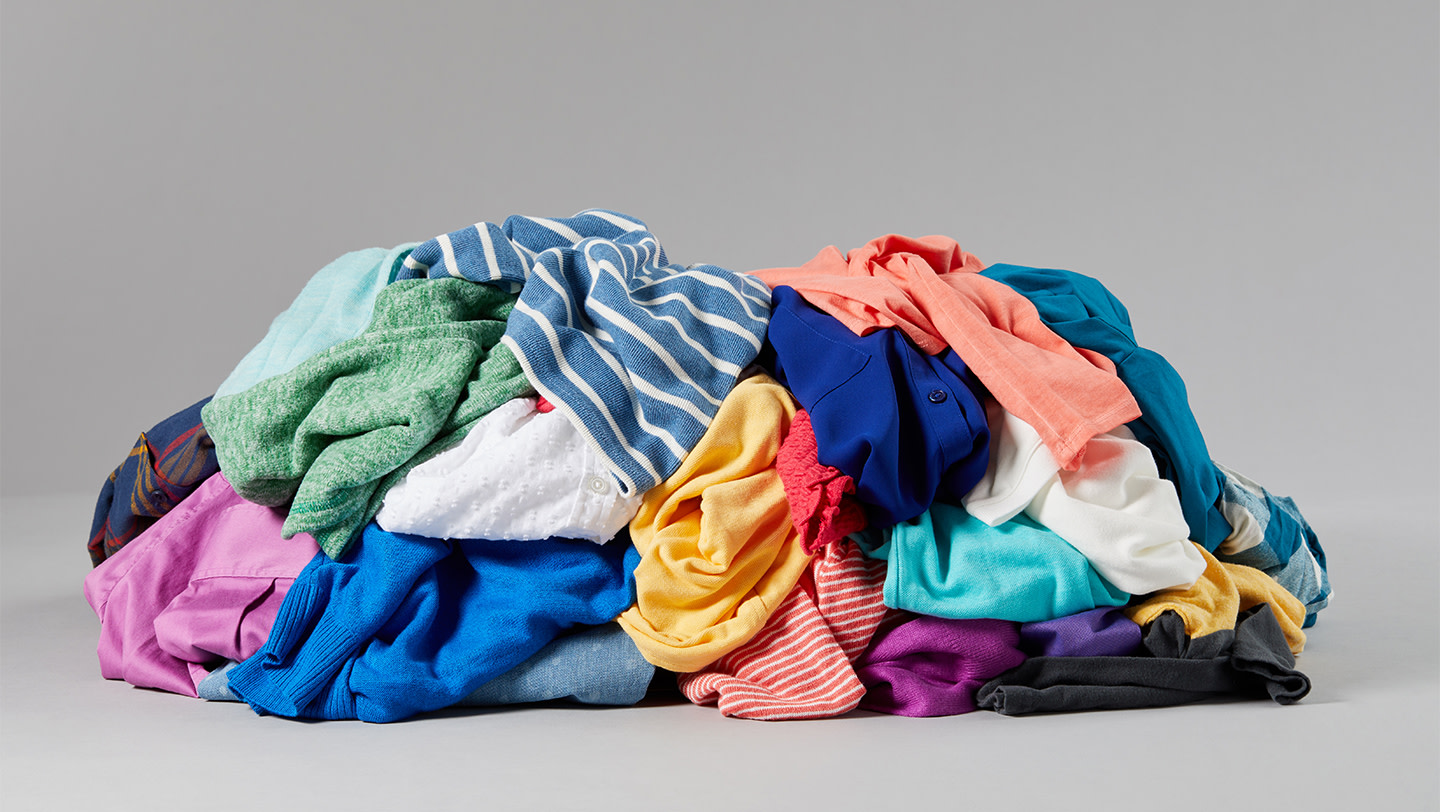
Check the labels
As with any other washing, you should always check the care labels of each garment to ensure you’re using the proper cycle and water temperature. Sort according to color shades. New items may bleed, so wash separately.
Recommended Articles:
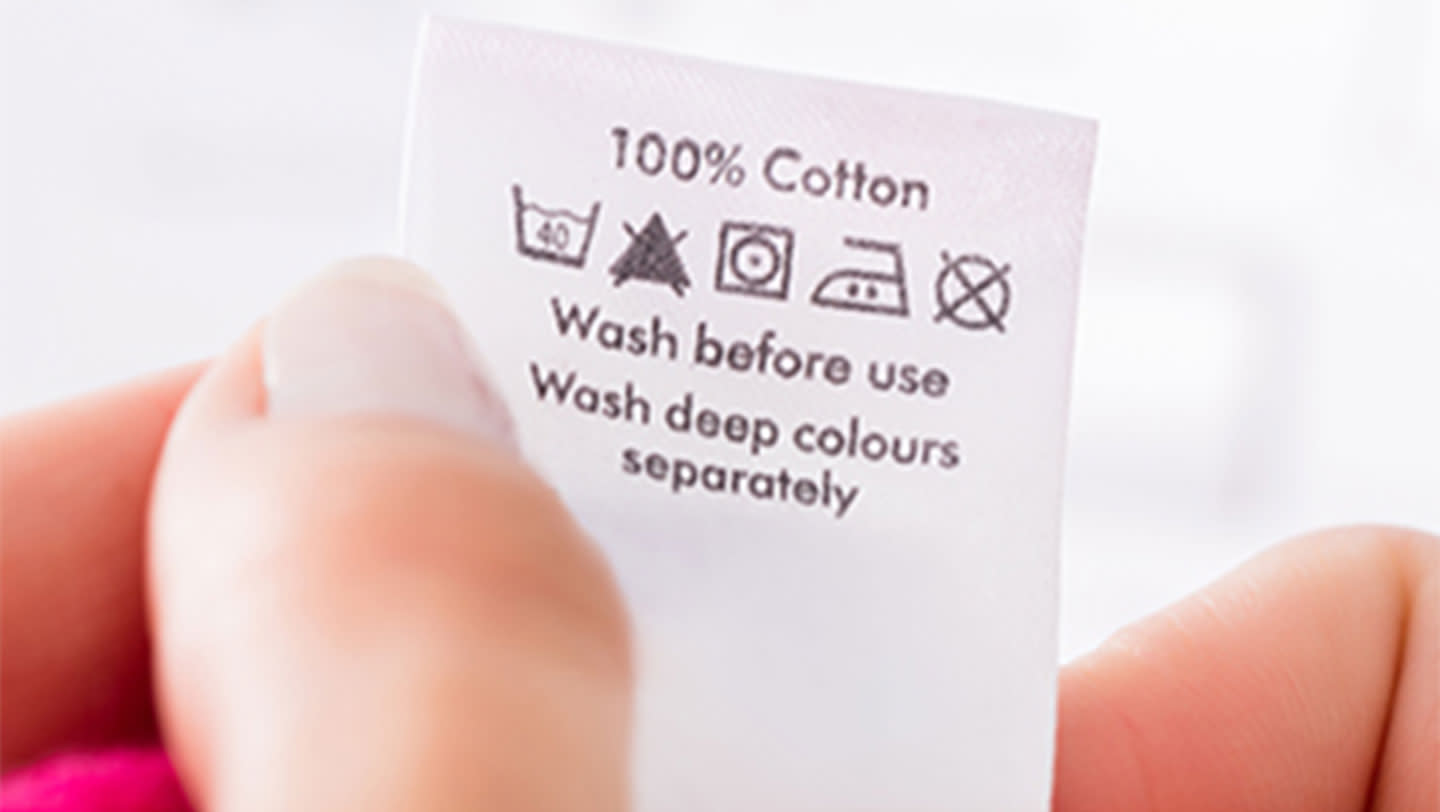
Recommended Articles:
Examine colored clothing for stains
If there are any stains, pretreat them with a small amount of laundry detergent like Tide® Ultra Stain Release Liquid. Pour Tide on the stain, and rub the fabric together to work the detergent into the fibers.
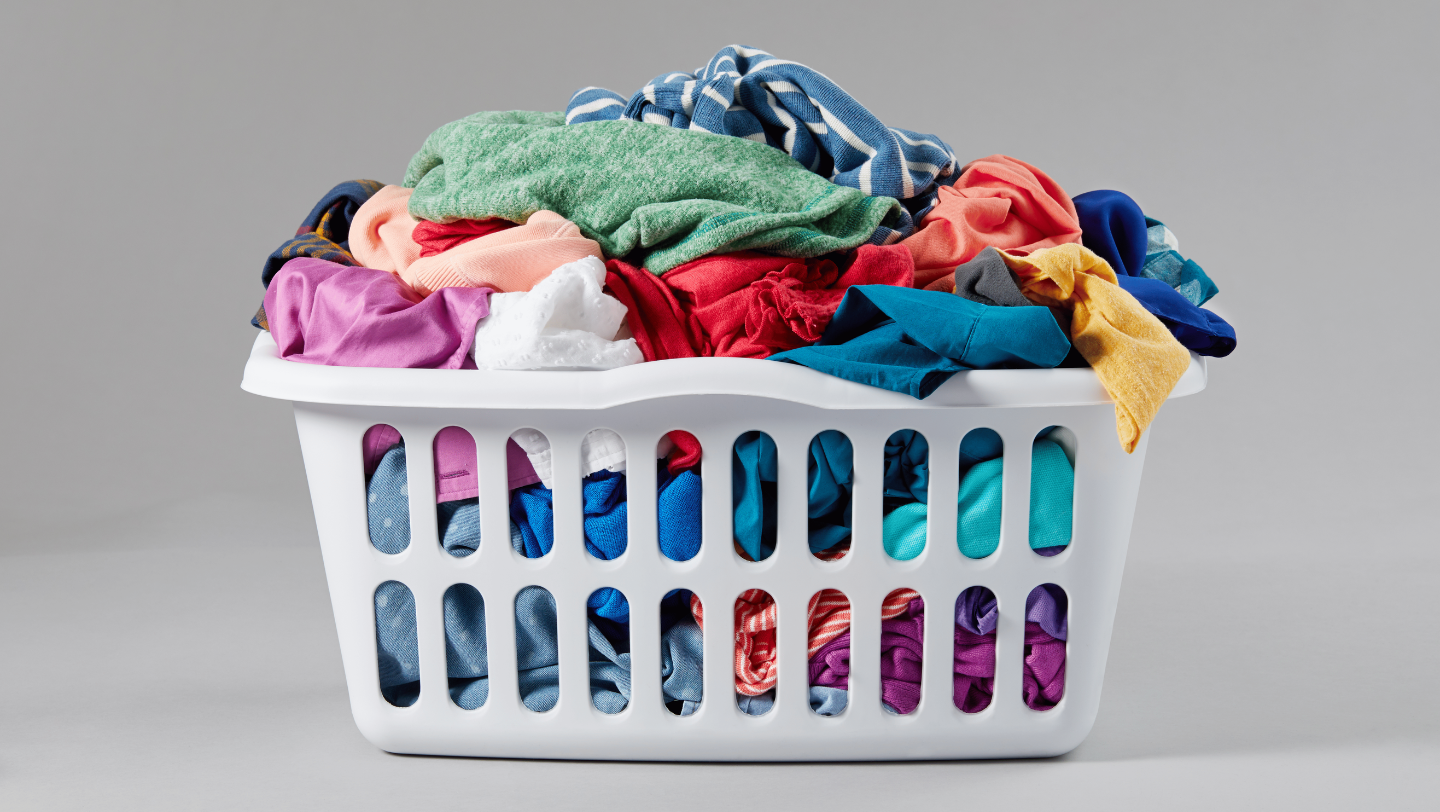
Turn new colored clothes inside out, and put them in the washing machine
Do not over stuff the machine, and wash the items on as gentle a cycle as is necessary to clean clothes. A gentle or medium wash cycle should be sufficient, especially if Tide detergent is used and be sure to select a color clothes wash temperature that follows the garments’ care labels.
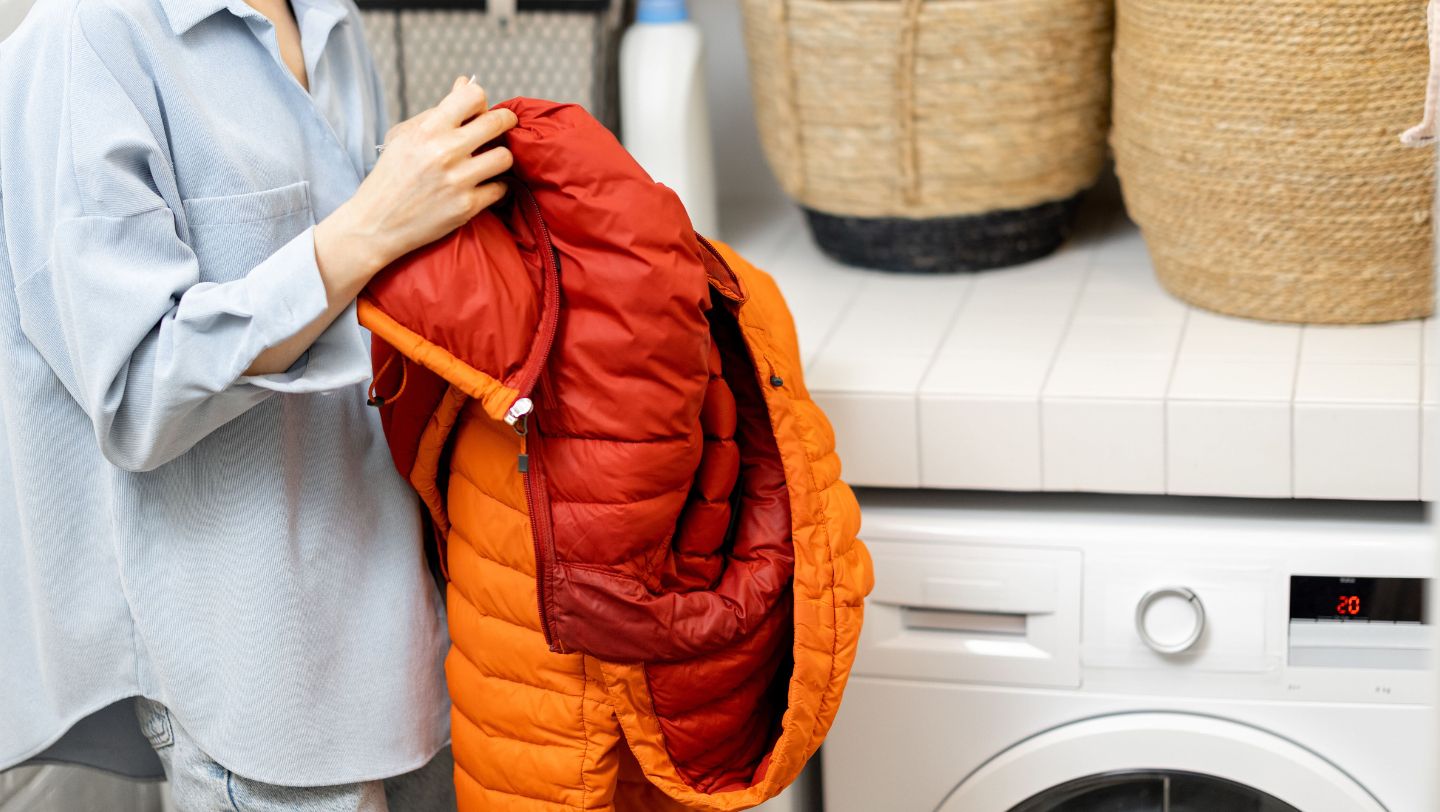
Wash new colored clothes in cold water
For best performance, use Tide Plus Coldwater Clean Liquid—it’s made to keep bright-colored clothes radiant, even in a cold water wash

Use fabric protection
Use Downy Fabric Conditioner to protect against stretching, fading, and fuzz.

Remove clothes from the machine as soon as cycle finishes
Allowing colored clothes to sit in a washing machine may cause the colors to leech onto other items.

Hang your colored clothes to dry
Avoid using the dryer if possible, since the dryer can cause clothing to fade faster and set any missed stains.
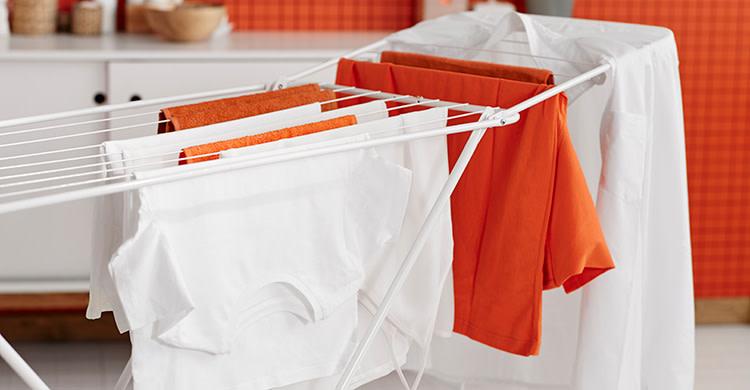
Tips on How to Wash Colored Clothes
Nobody wants their outfits to be dull and boring. While khaki, black, or bright white certainly have their time and place, nothing beats bright pops of color to bring your favorite look to life. In order to keep those colors looking bright and fresh after repeated wears, understanding how to wash colored clothes is a must. Take a deeper dive with us and we’ll show you how—with the proper temperature and cycle settings along with your favorite Tide Detergent—you’ll keep your colored clothing lasting longer and looking fresh as the day you brought it home.
How to wash light clothes
Lighter-colored fabrics are sensitive due to their lack of heavy dyes, making them susceptible to absorption when washed with darker or brightly colored garments. For the best results when washing your light clothes, always check their care label to determine wash cycle and water temperature. Follow by separating them into loads with other lightly colored clothes.
As a general rule, warmer water is typically used to wash lighter clothes, regardless of the fabric type. Mixing both hot and cold water is a great way to balance cleaning power while reducing the chances of shrinking or wrinkling, but always wash according to the instructions on the care label.
Color clothes wash temperature
For machine-washing colored clothes, using water that’s as warm as your garments’ care labels indicate is safe. This will maximize the cleaning power of your machine while also avoiding shrinking, wrinkling, or fading your clothes. Of course, you should always consult the garment’s care label before washing to ensure you’re selecting the right temperature, and for best results, wash colors with other like colors as much as possible to prevent dyes from bleeding or being absorbed into other items in the wash.
How to make pink clothes white again without bleach
There are several ways to treat white clothes turned pink without using abrasive bleach that may damage more delicate fabrics. As with any item of clothing, you should consult the care label first to ensure your attempt to whiten doesn’t further damage the item.
Start by mixing half a cup of lemon juice into a gallon of hot water in a clean tub or basin, then soak the garment for at least an hour. You can even leave the garment to soak overnight as well, then wash as you normally would using Tide Ultra OXI.
If the clothes are still pink, try washing in the machine again, this time adding one cup of 3% hydrogen peroxide in the machine’s bleach dispenser. It’s important to use fresh hydrogen peroxide, so it should fizz when you pour into the measuring cup.
How to wash dark-colored clothes
Dark and black colored clothes are typically heavily dyed, so special care should be taken to keep them from fading. For best results, always consult the care label to ensure you’re washing on the proper cycle and temperature. Typically the darker the clothes, the colder the temperature water should be as this will help prevent fading. Also wash the garments inside out on a delicate cycle. When drying, use low or no heat. If you have time, air-drying on a rack or clothesline is preferable to minimize fading.
Products to wash colored clothes
Tide Ultra Stain Release Liquid Laundry Detergent
Tide Original Scent Liquid Laundry Detergent
Tide Simply OXI Liquid




